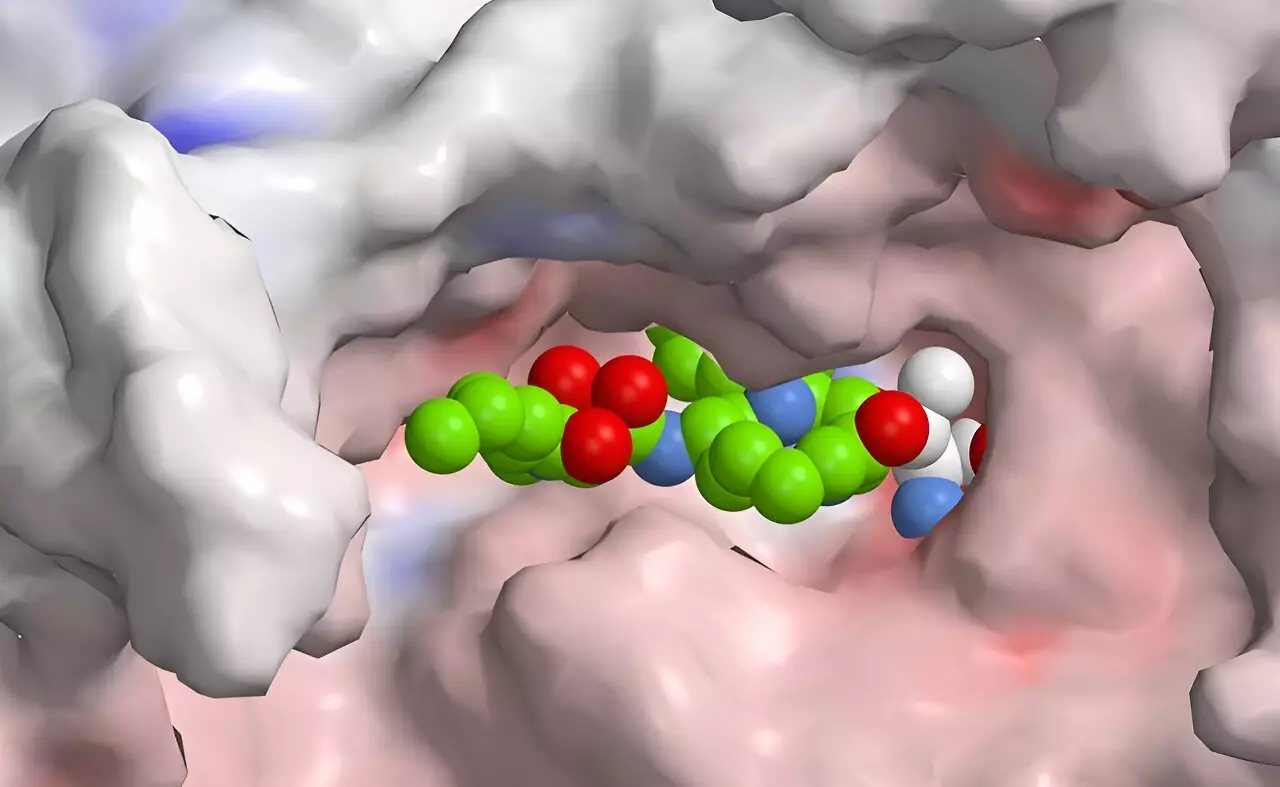The immunoproteasome is a fundamental component of the body’s immune defense mechanism, playing a critical role in breaking down antigens and presenting them to immune cells for recognition. This enzyme complex is particularly important for understanding how the immune system differentiates between self and non-self entities. It achieves this by disassembling proteins from invading pathogens, allowing immune cells to learn their structures and mount an effective response. However, when the immunoproteasome becomes hyperactive, it can erroneously target and destroy the body’s own tissues, leading to autoimmune disorders characterized by chronic inflammation, tissue damage, and systemic dysfunction.
Researchers have long sought effective inhibitors of the immunoproteasome to mitigate its overactivity. The difficulty lies in achieving selectivity; proteasomes serve multiple cellular functions, including protein degradation and recycling cellular components. Thus, any inhibitory drug must be capable of selectively targeting the immunoproteasome without hindering the overall proteasomal system, which could result in detrimental side effects. The quest for a targeted solution that minimizes the risk of unintended consequences has remained a significant hurdle in the development of therapies for immune-mediated diseases.
A recent study led by Helge Bode at the Max Planck Institute for Terrestrial Microbiology has culminated in a promising advancement within this field. The research team has leveraged synthetic biology to engineer a novel hybrid structure derived from a natural bacterial compound. This innovative technique enables them to manipulate the production of peptides and polyketides—two classes of biomolecules with therapeutic potential. By utilizing a new methodology known as XUT technology, the researchers established a protocol for producing peptide-polyketide hybrids that might offer a selective means of inhibiting the immunoproteasome.
The design of these hybrids takes inspiration from nature, particularly from a class of compounds known as syrbactins, which are produced by certain bacteria that can inhibit cellular processes in various organisms. These compounds have been noted for their efficacy in inducing cell death by obstructing the normal operations of the proteasome, particularly in cancer cells. Bode’s team aims to refine and modify syrbactins into more selective forms that can serve as viable candidates for treating autoimmune diseases, while also exploring their potential applications in oncology.
While the initial compounds resulting from this research are not yet sufficiently selective to avoid side effects completely, they offer a foundation for future advancements. The process of computational modeling and high-throughput screening will allow researchers to predict and create numerous variants tailored for specific applications. This strategy is expected to enhance the likelihood of developing an effective immunoproteasome inhibitor that could revolutionize the treatment of autoimmune diseases and other disorders characterized by immune system dysregulation.
The ongoing work by Bode’s team marks a significant step forward in our understanding of the immunoproteasome and its role in autoimmune diseases. By focusing on the selective inhibition of this target, they are paving the way for innovative therapeutic strategies that could potentially alter the treatment landscape for conditions that currently have limited options. The integration of synthetic biology and natural product chemistry is a promising frontier, suggesting that the future of drug development in this area may involve harnessing the complexity of biological systems to create novel, tailored therapeutics. As research advances, the aim is undeniably clear: to develop highly selective inhibitors of the immunoproteasome that could provide new hope for those suffering from autoimmune diseases while minimizing adverse effects associated with current treatments.

